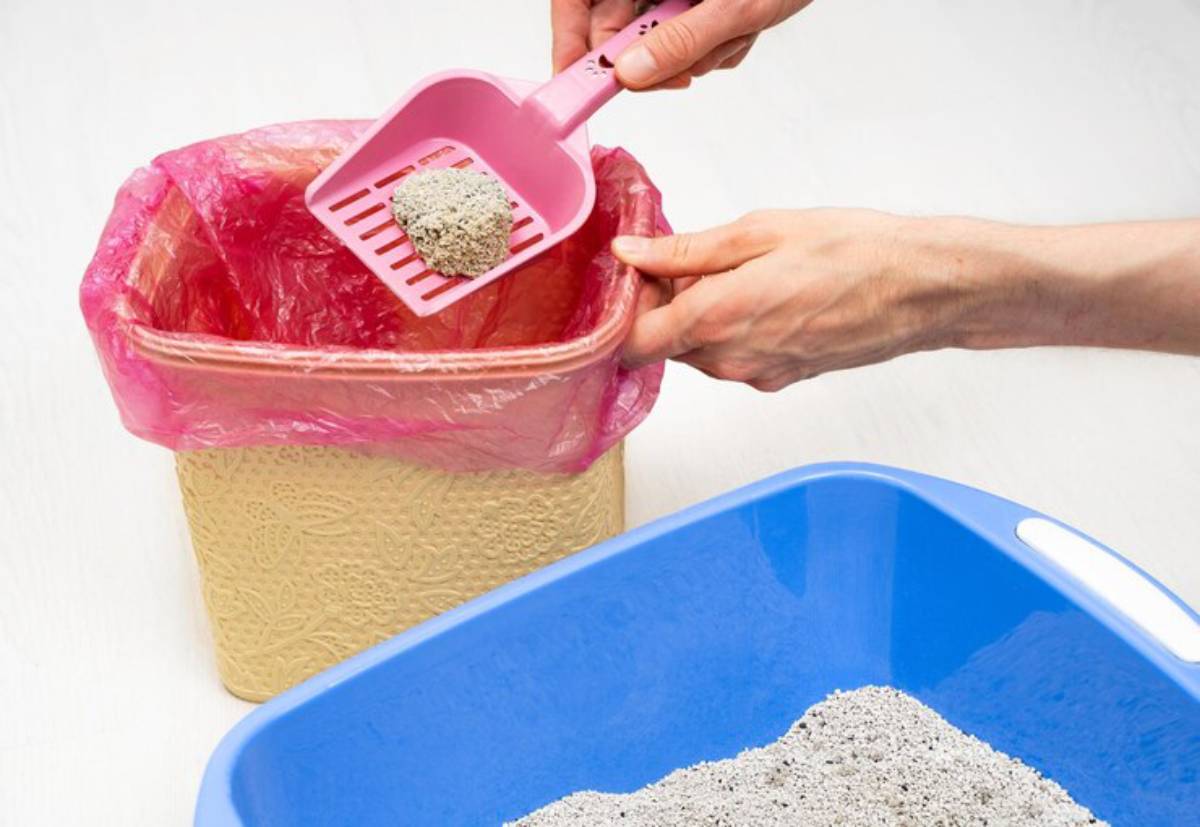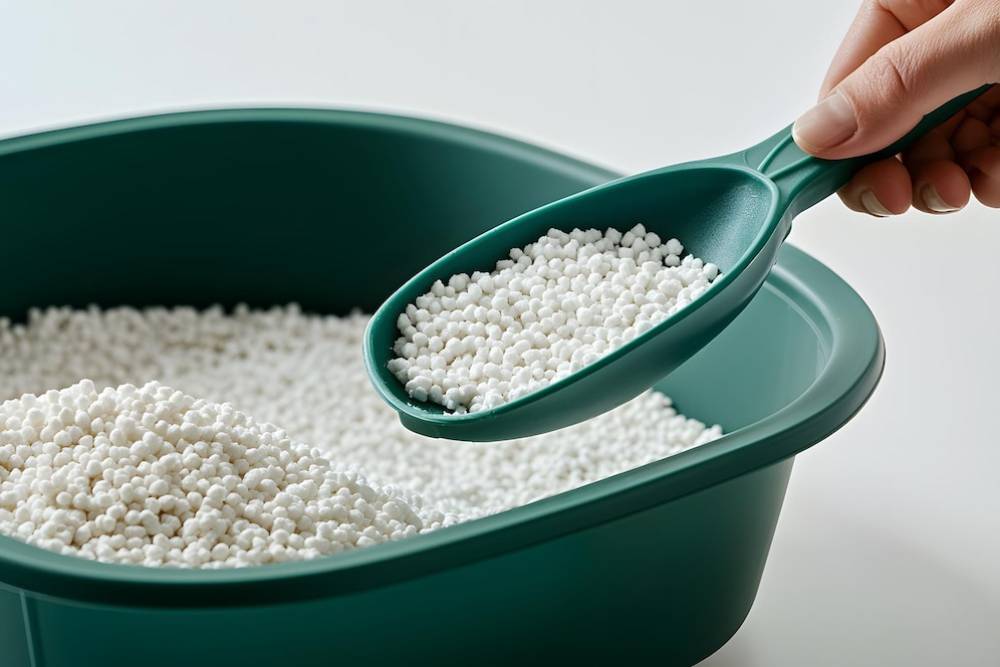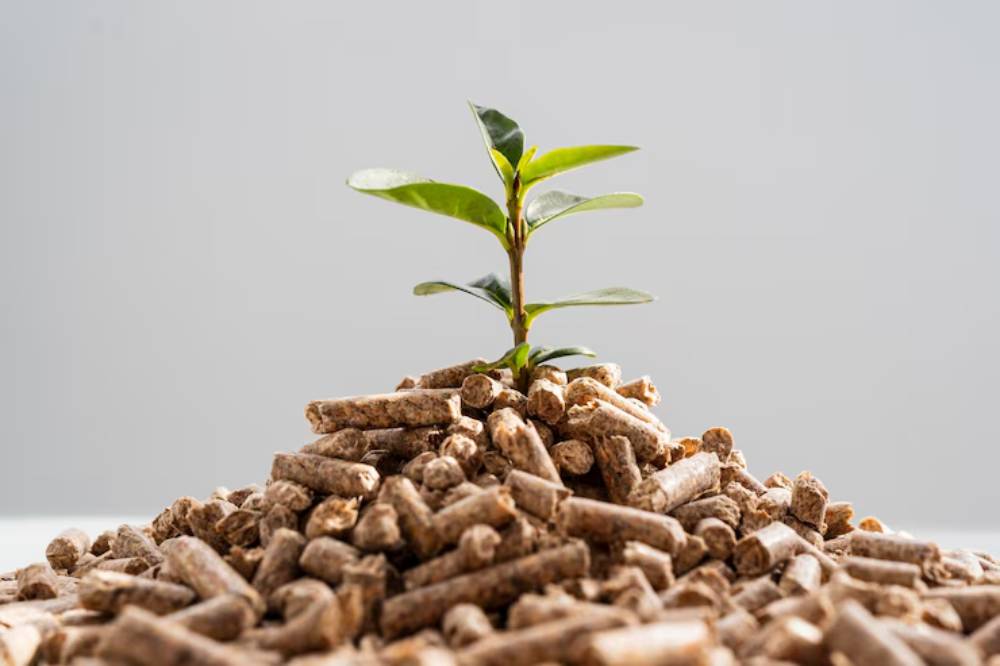
Eco-Friendly Litter Disposal Methods
Caring for a cat goes beyond feeding, grooming, and cuddling — it also means making thoughtful choices about waste. One of the less glamorous parts of pet ownership is managing litter box waste, and it raises an important question: How can we dispose of cat litter sustainably?
Whether you’re committed to reducing your carbon pawprint or just starting to explore eco-conscious pet care, understanding eco-friendly litter disposal methods is a key step. Traditional cat litter disposal often involves plastic liners and non-biodegradable litter, contributing to landfill waste and environmental harm.
This blog will walk you through various green cat care practices, including sustainable litter options, clever disposal techniques, and the dos and don’ts of eco-friendly clean-up. You’ll leave with a practical, guilt-free action plan that benefits your feline friend and the planet.
Understanding the Environmental Impact of Traditional Litter
Most conventional cat litter is made from sodium bentonite clay, a strip-mined substance that damages landscapes and ecosystems. This type of litter isn’t biodegradable and usually ends up in plastic bags in landfills, decomposing over hundreds of years.
In addition, some litters contain synthetic fragrances and chemicals that aren’t ideal for the environment or your cat’s respiratory health. The combination of non-recyclable packaging, single-use plastics, and chemical additives makes conventional disposal a primary environmental concern.
Choosing Sustainable Cat Litter

Before tackling disposal, let’s start at the source — your litter. Switching to a sustainable alternative is one of the simplest ways to make your routine greener.
Top Eco-Friendly Litter Types:
- Wood-based litter (pine, cedar, sawdust): Biodegradable, compostable, and usually low in dust.
- Wheat or corn-based litter: Clumping, flushable (sometimes), and made from renewable resources.
- Recycled paper pellets: Great for odour control and composting; soft on paws.
- Coconut husk litter: Lightweight, absorbent, and biodegradable.
- Grass seed litter: Natural clumping and flushable in small quantities.
Tip: Avoid litter with synthetic additives or silica crystals if your goal is sustainability.
Best Practices for Sustainable Litter Disposal
Once you’ve chosen sustainable litter, the next step is learning how to dispose of it responsibly. Several methods are available, depending on your living situation and local regulations.
1. Composting Cat Litter
Yes, you can compost cat litter—but with caution. Only compost biodegradable litter, and avoid composting faeces if you use the end product in edible gardens.
How to compost properly:
- Use a separate compost bin marked “pet waste only”.
- Ensure it’s well-aerated and turned regularly.
- Only add litter, not faeces, unless you use a pet waste composting system that heats to safe temperatures.
- Use the finished compost on ornamental plants only, not food crops.
2. Flushing (With Caveats)
Some litters are labelled as flushable, but be cautious. Even if it says flushable, local sewage systems might not handle it well, and in some areas, it can harm marine life.
Check your municipality’s plumbing and environmental guidelines before flushing litter.
3. Using Biodegradable Liners & Bags
If composting or flushing isn’t suitable, opt for biodegradable waste bags instead of plastic ones. These bags decompose faster and reduce the impact of long-term waste.
4. Dedicated Pet Waste Disposal Systems
Invest in a pet waste composter or in-ground waste digester designed to handle animal waste safely and efficiently. These systems are perfect for households with gardens and are easy to manage with routine maintenance.
Litter Box Hygiene: Staying Green While Staying Clean
Eco-friendly care isn’t just about litter choice — it also includes how you clean and maintain your litter box. Here’s how to keep things sanitary while being sustainable:
- Use natural cleaning solutions like vinegar and baking soda.
- Avoid disposable liners, go liner-free or opt for washable ones.
- Clean litter boxes outside using a hose (where allowed) to reduce chemical run-off.
Regular cleaning also keeps odours at bay, reducing the need for strong chemical deodorisers.
Green Cat Owners Share Their Tips
Sophie from Bristol switched to recycled paper pellets and uses a pet waste compost bin for her two cats. “It’s easier than I thought,” she says. “Once you get into the habit, it’s no different from sorting your food waste.”
Raj in Manchester has been using a wheat-based litter for over a year. “It clumps well, and I flush small amounts, but only after checking our local council’s advice,” he explains. “There have been no plumbing issues so far.”
Emily from London shares a flat and doesn’t have outdoor space, so she sticks to biodegradable liners and composts at a local collection point. “It’s a small change with a big feel-good payoff,” she adds.
These examples show that there is no one-size-fits-all, but there is a sustainable option for every lifestyle.
FAQS About Sustainable Cat Litter Disposal
Can I Compost All Types Of Cat Litter?
Only compost biodegradable, plant-based litter. Never compost clay or silica-based litter.
Is Flushing Litter Safe?
It depends on your local plumbing and environmental laws. In general, limit what you flush and never flush faeces.
How Can I Tell If A Litter Is Eco-Friendly?
Look for:
- Plant-based materials
- No synthetic fragrance
- Packaging that’s recyclable or compostable
- Certifications like USDA Biobased, FSC, or EcoLogo
What’s The Safest Method If I Rent Or Have No Garden?
Use biodegradable bags and check if your council offers organic or pet waste drop-offs.
Small Changes, Big Impact

Being a cat owner comes with responsibilities, and with a little effort, those responsibilities can align with your eco-values. By choosing biodegradable litter, avoiding harmful disposal habits, and incorporating greener routines, you’re not just keeping your cat happy but helping protect the planet.
Try one of the sustainable methods we’ve covered and share your experience. Every small change counts, whether composting, switching to wood-based litter, or swapping plastic bags for biodegradable ones.
Please post your tips, stories, or questions in the comments. Let’s build a cleaner, greener world—one litter scoop at a time.


